Menus
- Ducati 1198 S versus KTM RC8 R
- The power of engines
- Ergonomics and driving behavior
- Technical data Ducati – Ducati 1198 S
- Technical data KTM – KTM 1190 RC8 R
- MOTORCYCLE conclusion
- MOTORCYCLE measurements
- Motors in comparison
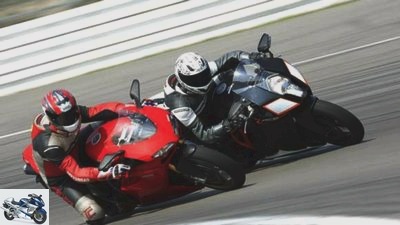
Gargolov

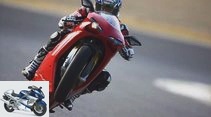
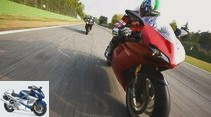
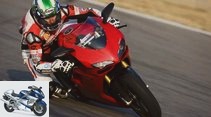
29 photos
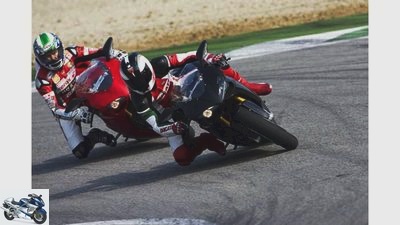
Ducati
1/29
Ducati 1198 S..
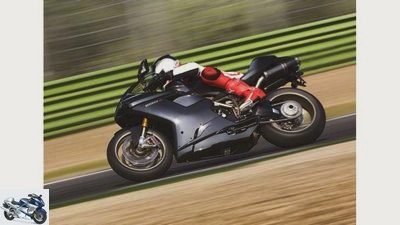
Ducati
2/29
Ducati 1198 S..
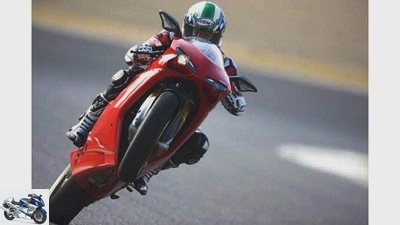
Ducati
3/29
Ducati 1198 S..
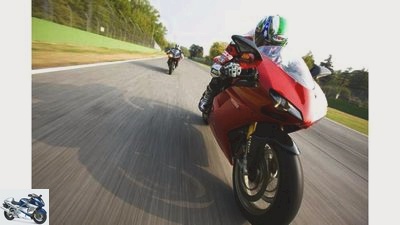
Ducati
4/29
Ducati 1198 S..
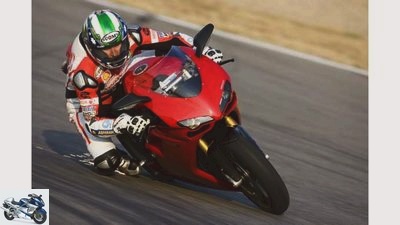
Ducati
5/29
Ducati 1198 S..
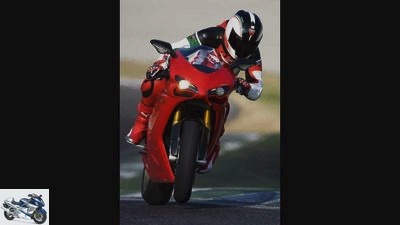
Ducati
6/29
Ducati 1198 S..
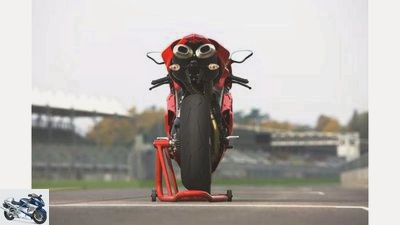
Ducati
7/29
Ducati 1198 S..
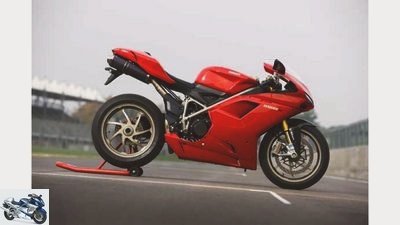
Ducati
8/29
Ducati 1198 S..
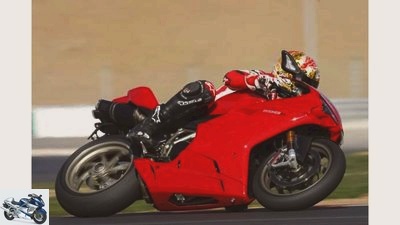
Say
9/29
Ducati 1198 S..

Say
10/29
Ducati 1198 S..
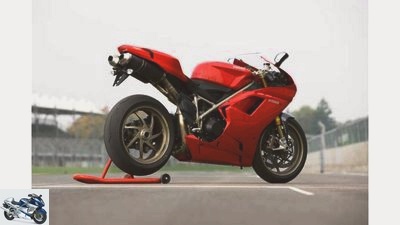
Ducati
11/29
Ducati 1198 S..
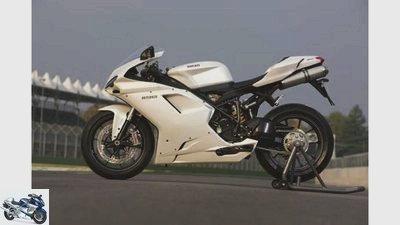
Ducati
12/29
Ducati 1198.
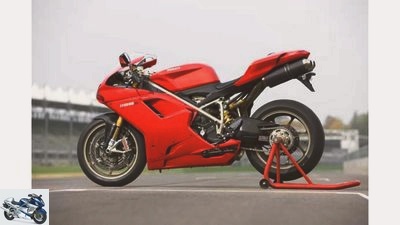
Ducati
13/29
Ducati 1198 S..
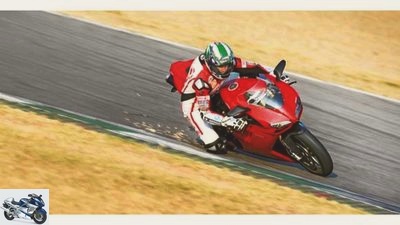
Ducati
14/29
Ducati 1198 S..
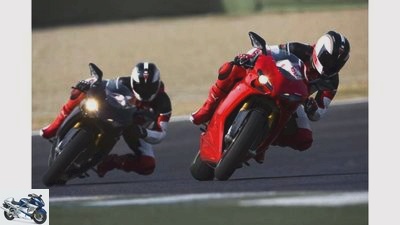
Ducati
15/29
Ducati 1198 S..
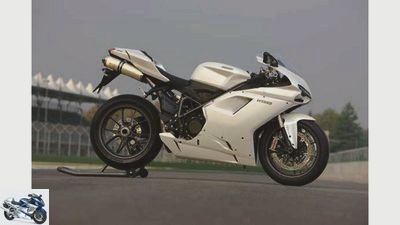
Ducati
16/29
Ducati 1198.
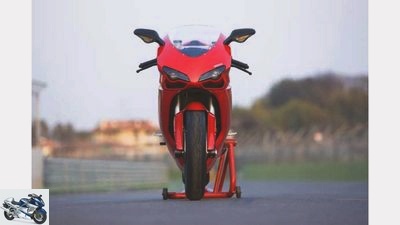
Ducati
17/29
Ducati 1198 S..

Ducati
18/29
Ducati 1198 S..
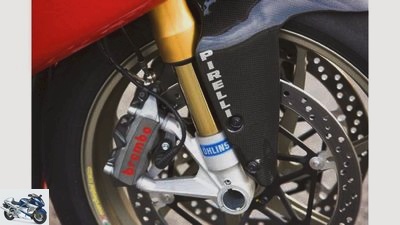
Ducati
19/29
Ducati 1198 S..
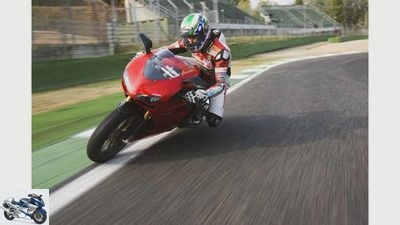
Ducati
20/29
Ducati 1198 S..
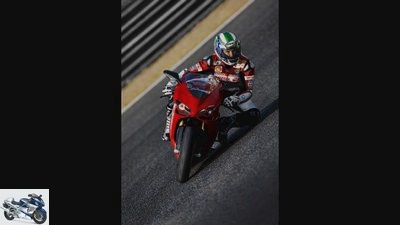
Ducati
21/29
Ducati 1198 S..
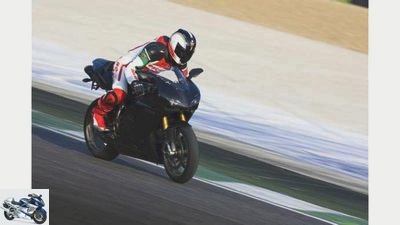
Ducati
22/29
Ducati 1198 S..
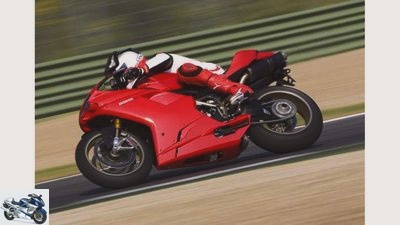
Ducati
23/29
Ducati 1198 S..
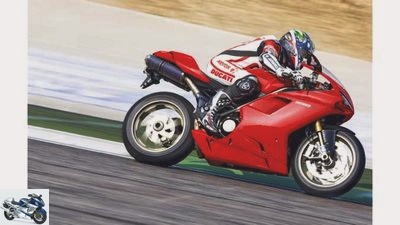
Ducati
24/29
Ducati 1198 S..
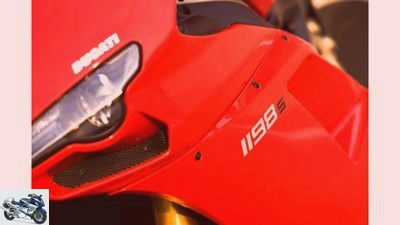
Ducati
25/29
Ducati 1198 S..
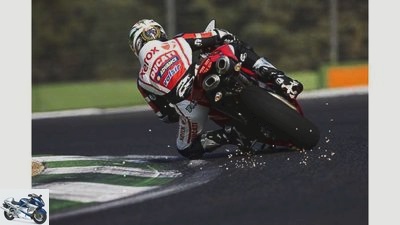
Ducati
26/29
Ducati 1198 S..
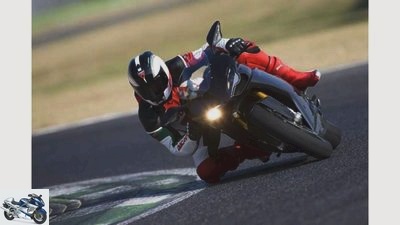
Ducati
27/29
Ducati 1198 S..
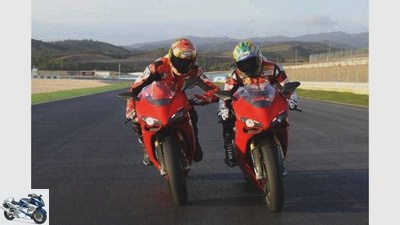
Say
28/29
Ducati 1198 S..

Ducati
29/29
Ducati 1198 S..
Track test sport twins
Ducati 1198 S versus KTM RC8 R
KTM wants to beat Ducati, the two-cylinder manufacturer par excellence, with its own weapons. The new RC8 R, with its stronger engine and modified chassis, is aimed directly at the 1198 S. The two premium racers met in Hockenheim to test their strengths.
Some tried it, but none made it: Neither Aprilia with the RSV mille nor Honda with the VTR or Suzuki with the TL-1000 models could endanger Ducati’s supremacy in the construction of two-cylinder super sports bikes. With two Superbike World Championship titles, Honda was closest, but because they couldn’t be translated into sales successes, the Japanese quickly turned away from this concept. With the development of the RSV4, Aprilia also went over to the four-cylinder faction. KTM doesn’t want that; At the beginning of last year, the Austrians presented their first own super sports bike with a V2 engine, the development of which they have already pushed a long way forward: The new RC8 R was created as a basic motorcycle for racing, and it made an impressive debut in the Superbike IDM. In three races, i.e. six races, Stefan Nebel and Didier van Keymeulen came several places ahead of the best in their RC8 R D.ucati to the finish. In the hands of the IDM elite, the RC8 R unfolds a lot of potential, which aroused the curiosity of the MOTORRAD testers. What does the Austrian bring with her as standard, how well does she work on the racetrack?
Buy complete article
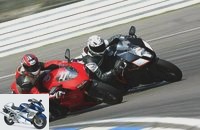
Track test sport twins
Ducati 1198 S versus KTM RC8 R
1198 S in Portimão, Portugal, step two, which intervenes even later on slides. You can understand why the Champion is not too good for the system of a production motorcycle, the DTC driving experience is really amazing. Supported by the firm rear suspension, the electronics guide the motorcycle out of the curve as if on rails. No pumping, no crumpling of the hindquarters bothers on the Ducati when the KTM is already clearly kneading its rear tire and this indicates that the limit range has been reached. It remains to the credit of the RC8 R to provide this precise feedback by mechanical means. On the Ducati, the DTC signals this condition by interrupting the fuel supply; the previous reduction in the ignition timing in three stages remains unnoticed.
The power of engines
KTM
The competition of the Ducati 1198 S bears the name KTM RC8 R and is one of the two noblest and strongest V2 athletes.
In connection with the engine power of the two 1200 twins, it should not go unmentioned that they deliver a dead race in pure straight acceleration in all the liveliness of brilliant revving ?? both reach the 200 km / h mark after exactly eight seconds. The average of all pull-through measurements shows a small advantage of the Ducati of between 0.2 and 0.4 seconds. Ergo nothing world-shaking. Accelerating in an inclined position is a much more difficult balancing act. So are the different balance of power on the race track and the test track an indication of the indispensability of electronics? On the one hand, yes. On the other hand, the KTM proves that with a higher top speed and a shorter gear ratio, it makes up for some of what it lacks on the crankshaft in between. Since last year, the KTM engineers have modified the circuitry of all RC8 models. The R indicates that the first gear is often even without a robust one "Clone" can insert. In the further course of the journey, the transmission finally proves to be a smoothly acting partner. The prerequisite for this, however, is the correct setting of the shift linkage. If the footrests are moved, the small lever on the gearshift shaft must also be turned further, otherwise it is at an unfavorable angle, the gearshift becomes inexact and requires too much force. If everything fits, the gears on the RC8 R snap after a light, short dab of the tip of the left foot, the operating forces are lower than on the Ducati.
The Ducati Twin reacts to load changes a little more gently than the KTM engine, although the busy KTM developers have already made great strides in this area. The driver quickly internalized the soulful picking from the zero position, and if he then manages to accelerate only once per corner, there is no problem. In addition, whoever orders an R has the choice between two throttle grips; one of them winds up the throttle cable linearly with the angle of rotation, it was mounted on the test machine. The other is supposed to enable gentler load changes by catching up with less pull length at the beginning and acting progressively as it continues to pull. While the chassis of the 848, 1198, 1198 S and 1098 R are basically the same and only differ in the spring elements, the chassis of the RC8 R has been modified more extensively. Modified triple clamps lengthen the caster by seven to 97 millimeters compared to the standard model, and because the R is only driven solo, the fork and shock absorber got softer springs. The hindquarters in particular gain comfort without looking slack. While the KTM springs nicely synchronously at the front and rear, the 1198 S combines a softly sprung fork with a fairly hard sprung hindquarters. This setup is ideal for pilots who like to brake far into a curve, take a tight curve at the apex and then accelerate powerfully. Those who prefer to drive at higher cornering speeds will find it inhomogeneous because of the more pronounced pitching movements.
Ergonomics and driving behavior
The seating position on the KTM is always surprising. Even when the wide handlebars are in the lowest position and the rear frame with seat and footrests are in the highest possible position, the driver sees himself with a relatively upright upper body, in a wonderful position for sporty country road driving. Is this attitude also good for the racetrack? After all, the Ducati, after all the reference in this segment, integrates its pilot more front-wheel-oriented, even in an almost aggressive stooped position. Don’t worry, that fits and is even an important prerequisite for the superior maneuverability of the Austrian, who literally drifts away from the lazy Italian in corner entry and in alternating curves. The KTM’s anti-hopping clutch plays an important role in this, as it works so well that the driver does not have any problems with a rear wheel pounding or slipping in a lean when shifting down when entering a curve. Drive up, brake late, downshift, put the clutch in and off you go in an inclined position. How easy this is becomes clear when compared to the Ducati, which, in addition to the usual activities such as brake pressure metering, downshifting and steering, requires accurate work on the clutch lever. With deep stumps, high bench and high notches, the KTM offers the best ergonomic conditions for the race track. The eccentric of the rear suspension should then be in the middle position. Because with a more aggressive chassis geometry due to an additionally raised rear? the adjustment range of the eccentric is twice as large as with the standard RC8 ?? the R lifts the rear wheel far too quickly when braking.
On the other hand, it becomes difficult to bring enough weight forward when accelerating vigorously on the racetrack when the bench and rests are low and the handlebars are mounted high. Then the front wheel often climbs in an inclined position, which doesn’t make you fast in the long run. The royal road consists of a narrow path between these extremes. Incidentally: Even on fast stretches of the motorway, the KTM with its low driver position does not behave in an exemplary manner; at high speeds the front is relieved too much. As you can see, the KTM not only offers more adjustment options than the Ducati, which is not exactly poor in terms of variability, it also requires its driver to find the optimum among these options. The differences between the extremes are too great to be careless. The Ducati is more of a stoic character and reacts less strongly to different attitudes. Because of the driver’s position oriented towards the front, it looks as if it were ten kilograms heavier at the front. It is the other way around; when stationary, the KTM puts almost eight kilograms more on the front wheel. Overall, the RC8 R has shown that it is worth its self-confidently designed price of 20,995 euros plus additional costs. The spring elements are of high quality ?? more expensive for the manufacturer than the Ohlins parts of the Ducati, as a KTM spokesman noted ??, the equipment is rich, and in terms of workmanship, nothing is left to be desired. The only thing missing is the fantastic traction control of the Duc.
Technical data Ducati – Ducati 1198 S
engine
Water-cooled two-cylinder four-stroke 90-degree V-engine, two overhead, toothed belt-driven camshafts, four valves per cylinder, desmodromic actuation, wet sump lubrication, injection, Ø 64 mm, regulated catalytic converter, 520 W alternator, 12 V / 12 Ah battery , hydraulically operated multi-plate dry clutch, six-speed gearbox, O-ring chain, secondary ratio 38:15.
Bore x stroke 106.0 x 67.9 mm
Cubic capacity 1198 cm³
Compression ratio 12.7: 1
Rated output 120.0 kW (163 hp) at 9750 rpm
Max. Torque 131 Nm at 8000 rpm
landing gear
Steel tubular frame, load-bearing motor, upside-down fork, Ø 43 mm, steering damper, adjustable spring base, rebound and compression damping, single-sided swing arm made of aluminum, central spring strut with lever system, adjustable spring base, rebound and compression damping, double disc brake at the front, Ø 330 mm, Four-piston fixed calipers, rear disc brake, Ø 245 mm, two-piston fixed calipers.
Forged aluminum wheels 3.50 x 17; 6.00 x 17
Tires 120/70 ZR 17; 190/55 ZR 17
Pirelli Supercorsa SP tires tested
Dimensions + weights
Wheelbase 1430 mm, steering head angle 65.5 degrees, caster 104 mm, spring travel f / r 120/127 mm, seat height * 810 mm, weight with a full tank * 197 kg, payload * 193 kg, tank capacity / reserve 15.5 / 4.0 liters.
Guarantee: two years
Mobility guarantee: one year
Service intervals: 12,000 km
Colors: red, black
Price: 21,990 euros
Additional costs: around 255 euros
Technical data KTM – KTM 1190 RC8 R




27 photos
Pictures: Tracktest Sporttwins
To home page
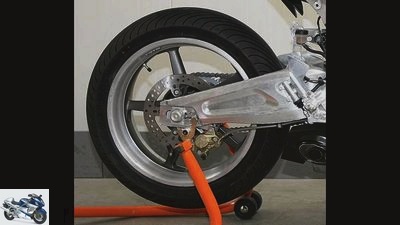
KTM
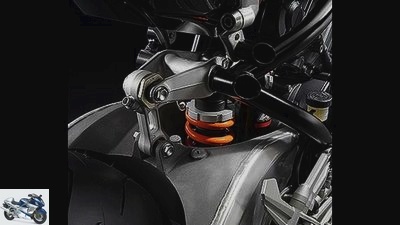
KTM
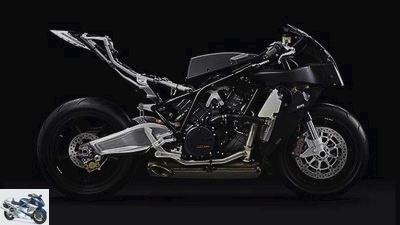
KTM
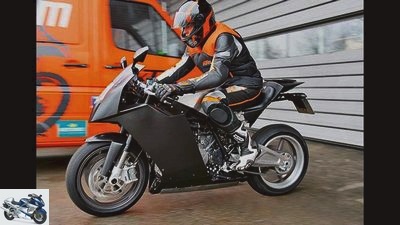
KTM
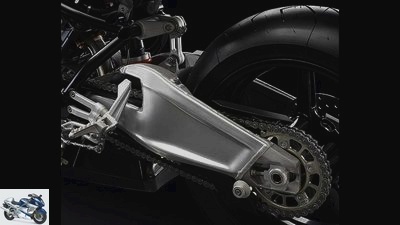
KTM
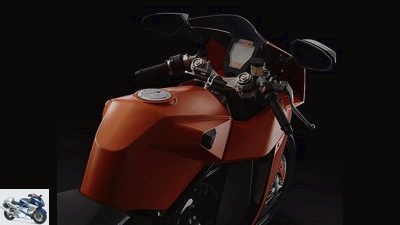
KTM
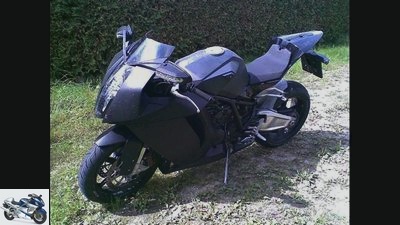
Gate say
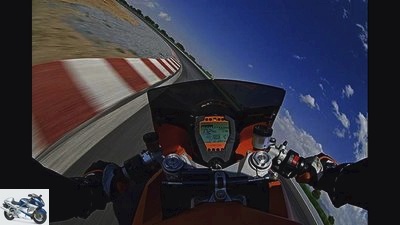
KTM
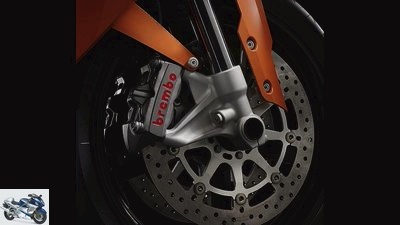
KTM
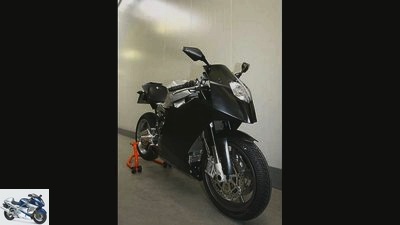
KTM
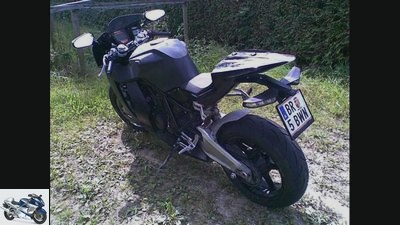
Gate say
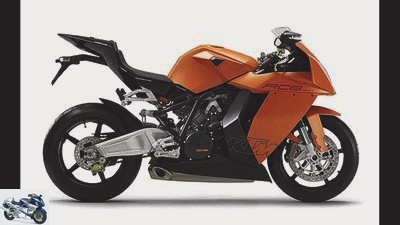
KTM
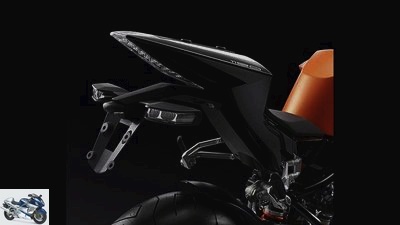
KTM
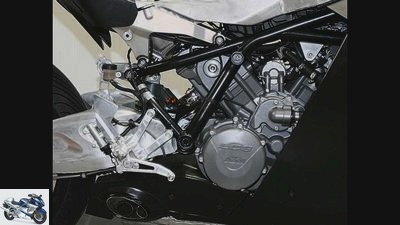
KTM
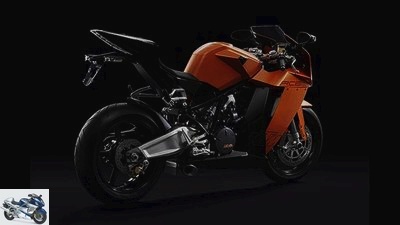
KTM
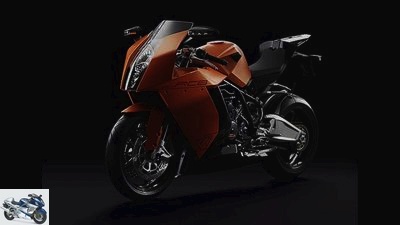
KTM
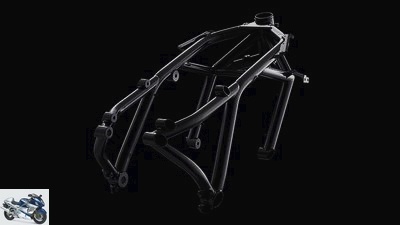
KTM
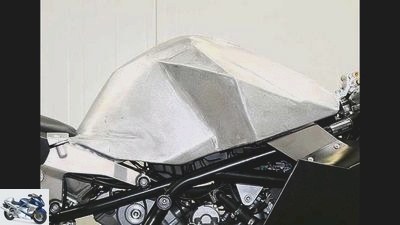
KTM
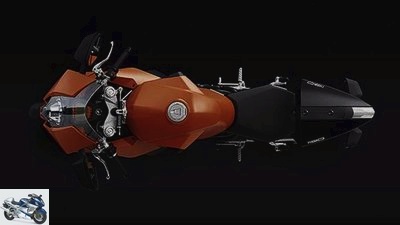
KTM
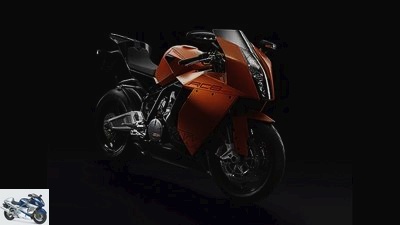
KTM

KTM
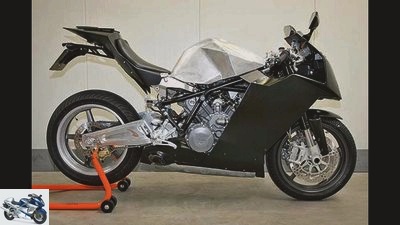
KTM
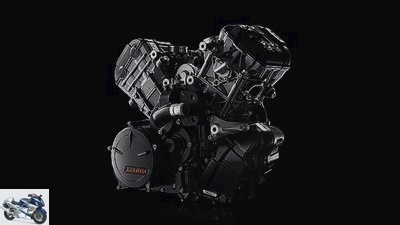
KTM
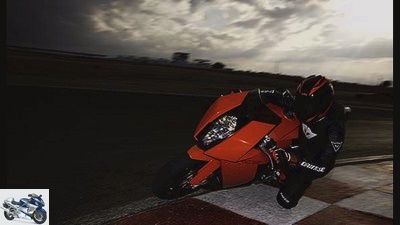
KTM
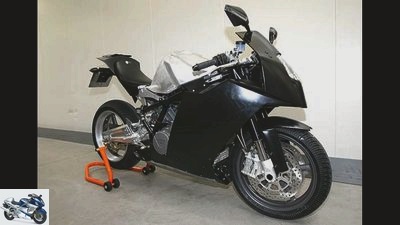
KTM
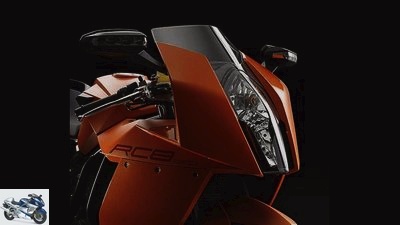
KTM
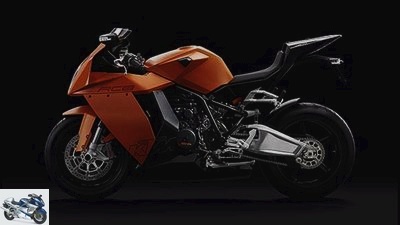
KTM
MOTORCYCLE conclusion
Ducati 1198 S.
Let’s not talk about lap times. The Duc needs a strong hand when turning and demands a lot of attention. A lightning-fast, but difficult to drive motorcycle.
KTM 1190 RC8 R.
As a newbie, she deserved a little more attention in this test, which she deserves. With the right setup, it makes driving fast a lot easier.
MOTORCYCLE measurements
You can’t and don’t have to understand: According to the brochure, the Ducati 1198 S is supposed to have 170 hp, but the registration certificate only states 163. On the test bench, in turn, it accurately presses 170 hp. In any case, the Testastretta evoluzione unfolds true elemental forces at the bottom and at the top, and hanging in the shaft is not exactly the order of the day. In contrast, the KTM sets its steady power delivery, its smoothness, higher speeds and a shorter gear ratio.
Motors in comparison
KTM 1190 RC8 R.
The extremely compact design has been a trademark of the KTM two-cylinder engine since the 950 Adventure engine. A special feature of the 1195 RC8 engine is the dry sump lubrication reservoir integrated in the housing. Despite the large individual cubic capacities, the KTM engine runs very well even at high speeds.
Ducati 1198 S.
The new, lightweight housing of the Ducati engines saves the thick aluminum collar around the oil filter and uses significantly less material in the area of the rear engine mounts. The cylinders positioned like an L in the chassis make the Ducati longer than the KTM and ensure its stoic handling properties.
Related articles
-
Artist Track test: old against new The 750 generation Four cylinders, 750 cubic ?? that’s how the Japanese entered the superbike stage 20 years ago. The…
-
Track test Ducati 999 R-Suzuki GSX-R 1000
Gargolov Track test Ducati 999 R / Suzuki GSX-R 1000 There is more to it … …than just whether the brand new Suzuki GSX-R 1000 or the sinfully…
-
Jahn Top test BMW K 1200 R Sport In the middle BMW is now placing the R Sport between the K 1200 S and R. The top test clarifies what the new,…
-
Track test super nakeds against superbikes
65 Pictures www. 1/65 It does not have a spring strut redirection with an eccentric to adjust the rear height like the RC8 R does. That helps …
-
Comparison test of two-cylinder: Ducati 750 Sport, Laverda 750 SF and Moto Guzzi 750 S
29 pictures 1/29 Twin and away: The Ducati 750 Sport, Laverda 750 SF and Moto Guzzi 750 S in a comparison test. 2/29 Your …
-
Track test superbike Ducati 999 R
wolf Track test superbike Ducati 999 R Celebrate the 100 The start number 100 is stuck to the fairing, MOTORRAD is celebrating its 100th anniversary:…
-
Track test: All series superbikes
Sanz Track test: All series superbikes Mastersuperbike 2010 Content of The supersport hit of the year, the biggest international racetrack comparison…
-
BMW HP2 Sport against BMW S 1000 RR in comparison test
Bilski BMW HP2 Sport against BMW S 1000 RR in comparison test Concept comparison BMW athletes Content of Recently, BMW caused a sensation with two…
-
Blacksmith 35 photos Say 1/35 BMW 2/35 The HP2 Sport – sporty exercise. BMW 3/35 The white paint doesn’t look as interesting as the prototypes we saw…
-
Top test Moto Guzzi 1200 Sport 4V
fact Top test, Moto Guzzi 1200 Sport Moto Guzzi 1200 Sport 4V Moto Guzzi hasn’t just been in crisis since the crisis. In the identity crisis. Classic or…